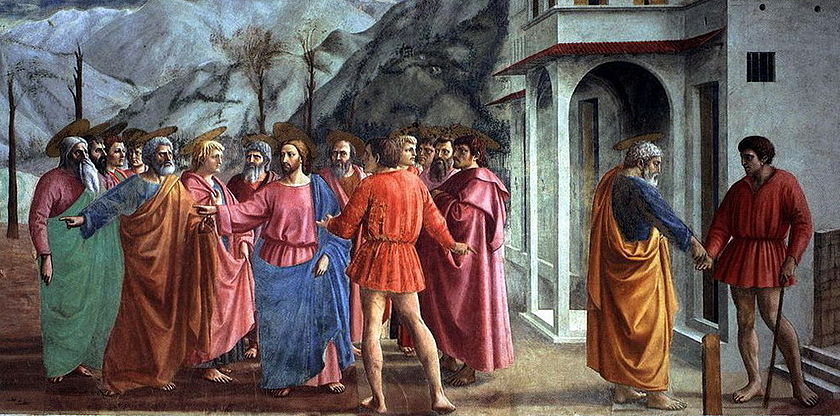
What is Art? and Renaissance Painters were Just Web Designers
I have come to believe that art is a patina on deliberate, creative craft. Not all art begins as art and works that are intended to be art may not turn out as such. I also believe that craft becomes art within and outside of the context of the artifact; in order to understand the artifact, it is important to understand its context.
I was fascinated by Baxandall’s (1972) chapter “Conditions of trade” for two reasons: the early Renaissance artists’ almost mundane experiences with contracts and deliverables, and the relationship of patrons to artists (I am using the word “artists”, but my interpretation of the reading is they were more like higher-end, celebrity craftspeople in their time). I had not really thought of Renaissance painters as working for hire in the same way that a Web developer or graphic designer might work today. As someone who has been hired and hired others, the idea that the clients regularly provided the higher end items, such as the gold leaf and the ultramarine, was completely foreign to me. In fact, the idea of the artist not having complete control of the artifact from concept to execution but having to rectify the client’s ideas with innovative techniques, is the first reason why I think art is a patina on creative craftsmanship.
Devoid of context, one might think that the amazing frescoes we see in places like the Brancacci Chapel are simply wonderful paintings from Masaccio’s imagination. However, when I view the work in the context of the Brancacci family and the anti-tax message wanting to be conveyed and combine that with the introduction of directional light in painting, the linear perspective converging on Christ, and the innovative use of a continuous narrative, I see that the art is formed through the technical craftsmanship and the creative storytelling.
As an example of context in art, I would like to discuss Donatello’s San Giorgio. Donatello created this sculpture under contract to the Armorers’ Guild. Context is important because it lets us see why this statue was created and what it means. If I were to show the statue to someone who has no knowledge of this time and place, they might think that is a beautiful statue but wonder why the right hand is clenched in such a way. They would not know that the Armorers’ Guild would have included a sword (and helmet) in the statue as a representation of themselves. They might also not know that Donatello had taken sculpture to a new level by essentially carving elaborate armor and drapery over a realistic figure compared to previous works. San Giorgio becomes art because of Donatello’s technical achievements in combination with the creative layout of the piece. This piece of art goes from aesthetically pleasing to masterful in its execution and place in history because of the context.
This was a response to my UMD ARTH201 Class taught by Dr. Abigail Upshaw from Summer 2021.
